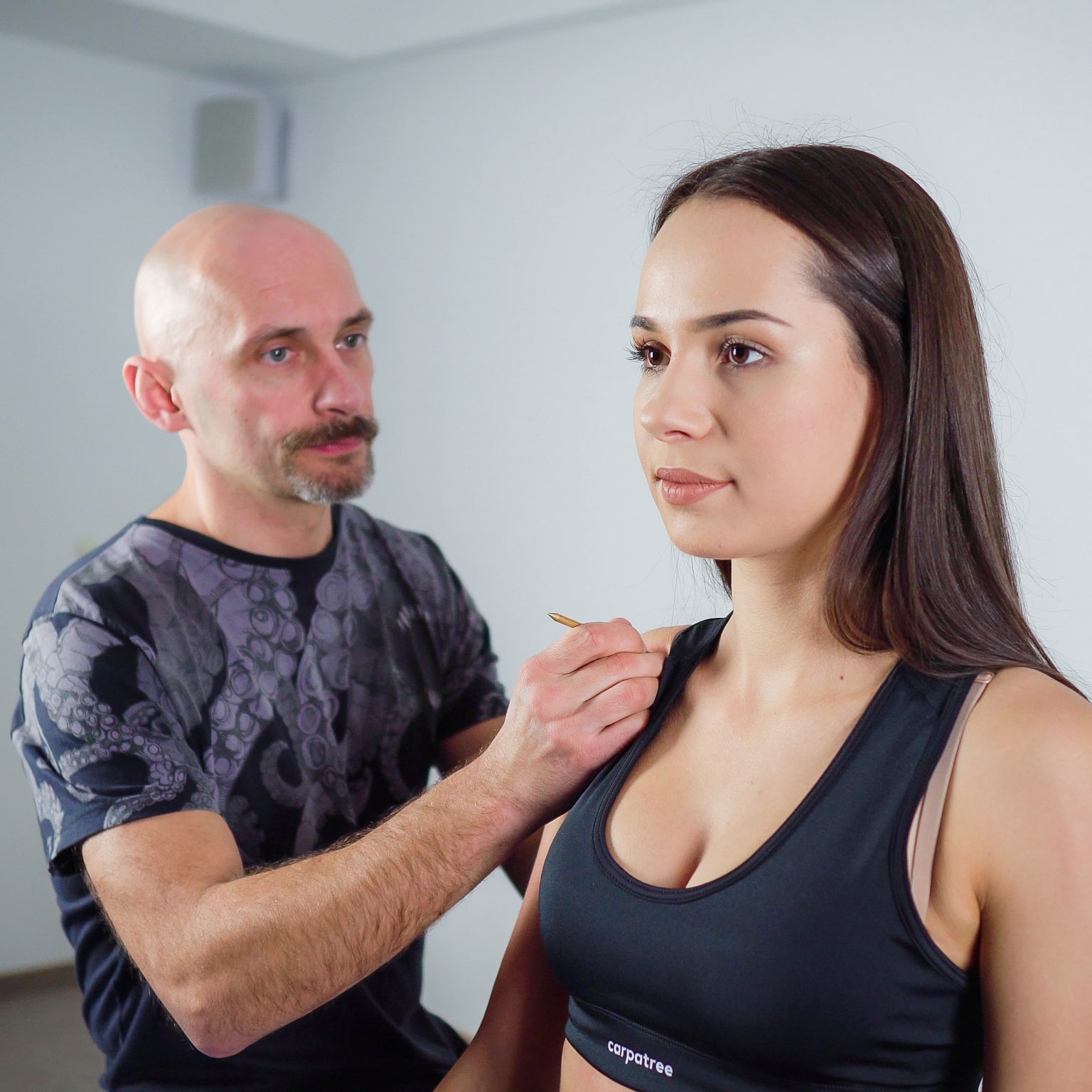The third of the five systems according to the Five Regulatory Systems concept (FRSc) is a system that in its essence reaches many primary reactions. The central axis of Regulator III is the autonomic nervous system (ANS).
Autonomic nervous system - outline of neurology
The autonomic nervous system (ANS) is the part of the nervous system that functions independently of the human will, constantly regulating the course of many basic life processes in the body. In its most basic division, the sympathetic and parasympathetic parts of the ANS are distinguished. The first of them is responsible for the popular "fight or flight" reaction, which is associated with a strong mobilization of the body to act in conditions such as stress or increased physical activity. Accordingly, the parasympathetic branch becomes more active in situations generally associated with digestion, regeneration and rest.
The fibers of the parasympathetic part occur only in the internal organs and vessels of the craniofacial, neck, thoracic and abdominal cavities. Their presence is traced in the skin, peripheral vessels, muscles and fascia. In turn, the sympathetic part spreads throughout our body. Both in the center and on the periphery. It was this predominance of the fibers of the sympathetic part that became for Radosław Składowski the first reason to think about Regulator III.
More fighting than recovery...
Regulatory System III loses its homeostasis (balance between both branches of the ANS) in a situation where the activity of the sympathetic part begins to significantly dominate over the functions of the parasympathetic part. The most common causes of this phenomenon include stress, lack of adequate sleep, or an incorrect diet. If the state of increased activity of the sympathetic branch of the ANS becomes permanent (it lasts for weeks, months, years), the so-called sympathicotonia, which with even longer sympathetic stimulation may turn into algodystrophy. Both the first and the second situation contribute to the appearance of often very strong pain in the patient.
Symptoms, diagnosis and therapy
According to Składowski, such chronic states of increased sympathetic activity can simultaneously cause patients to experience a phenomenon called lypodynia by the creator of FRSc This term is understood as clearly palpable bands of thickened subcutaneous connective tissue (with the main component of adipose tissue). These bands form highly repetitive patterns all over the body with a high level of tenderness. On the other hand, the skin occurring exactly in the projection of lypodynia fragments may show features of hypoesthesia or hyperesthesia.
It is worth mentioning here that the creator of FRSc himself, famous for his unusual sense of humor, very often calls the zone of lypodynia "octopuses". This is due to the fact that the course of these zones mapped in the drawing is associated with the shape of octopuses, consisting of a head (a form of a larger, local density) and tentacles extending from it.
In the subjective examination, the therapist is obliged to pay attention primarily to the environmental factors accompanying the patient, i.e. the aforementioned stress, sleep deficits or incorrect eating style. The patient's pain is often described as unbearably tearing and penetrating deep into the body. Their clear intensification is often observed at night - usually between 03:00 and 05:00. This causes the patient to wake up from sleep. The therapy of choice is focused on comprehensive work related to calming the sympathetic stimulation of the lypodynia zones and restoring the balance between both branches of the ANS.
Who is the patient?
The long-term practice of Składowski has shown that patients suffering mainly from disorders from the level of the Third Regulatory System are usually employees of corporations, entrepreneurs, company directors, and sales representatives. In other words, professions and social groups who are subjected to too much stress in almost every aspect of everyday life. They are characterized by a constant need for movement, as this eliminates pain. In addition, seeking extreme experiences in travel, sports (usually extreme) and social life. The patient's profile may also include a strongly extroverted temperament combined with a strong expression of everyday emotions.

Krzysztof Skibiński
Physiotherapist, conducting training in Pinotherapy and Manual Medicine according to FRSc. Apart from leading courses alongside the FRSc founder, he is also involved in coordinating research and scientific projects within the EBM stream. Read more...






Super artykuł!